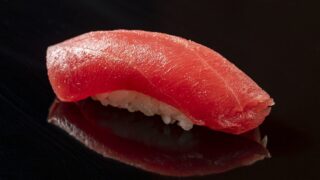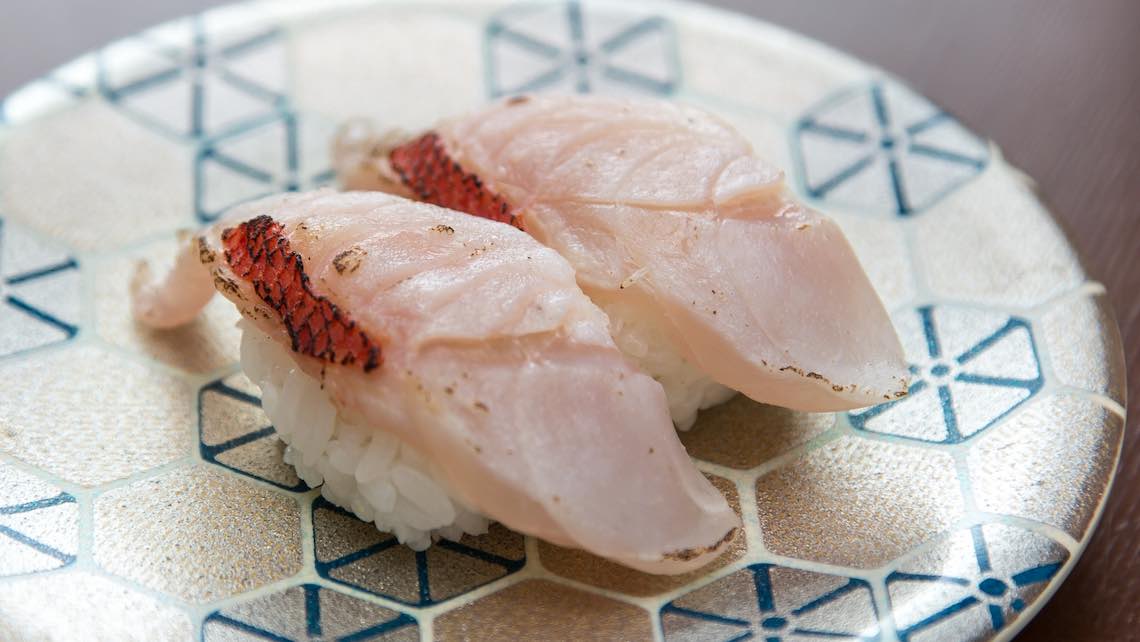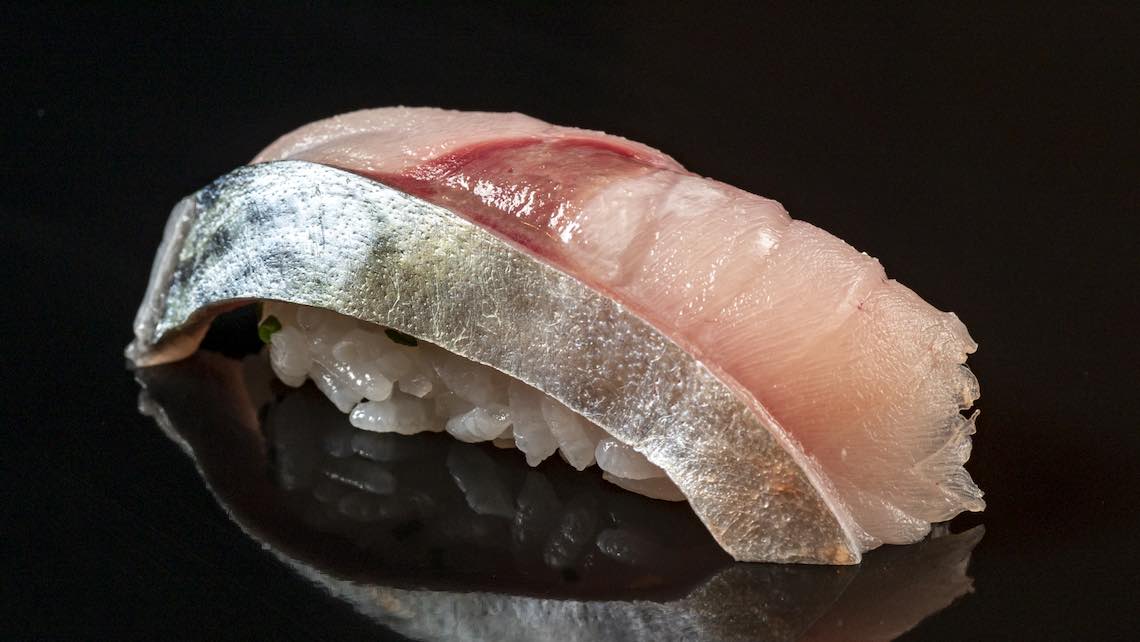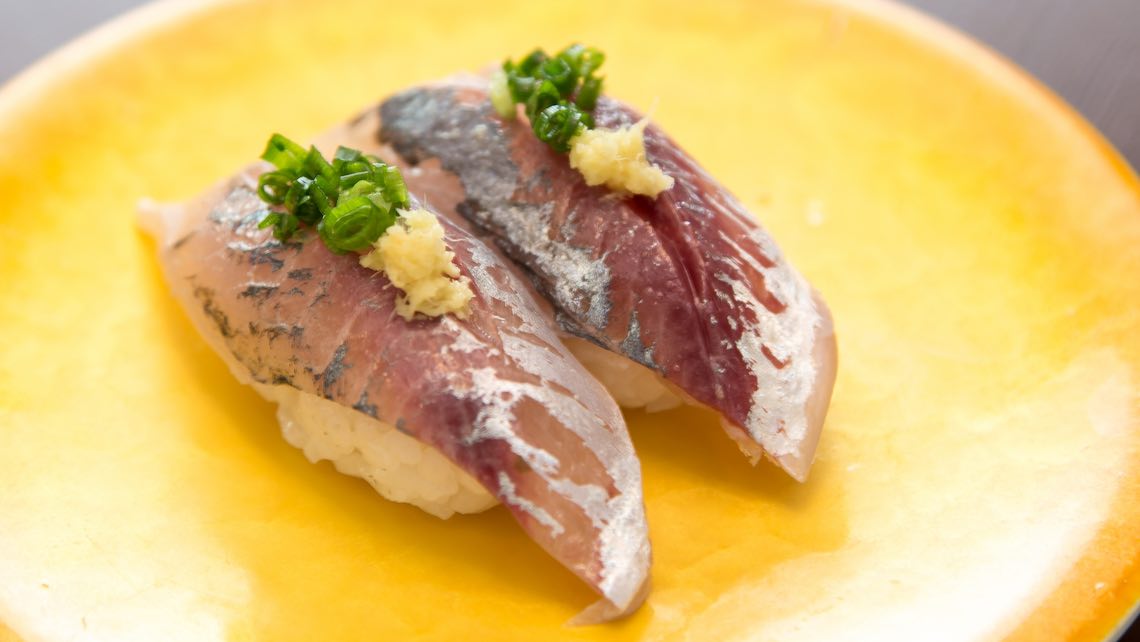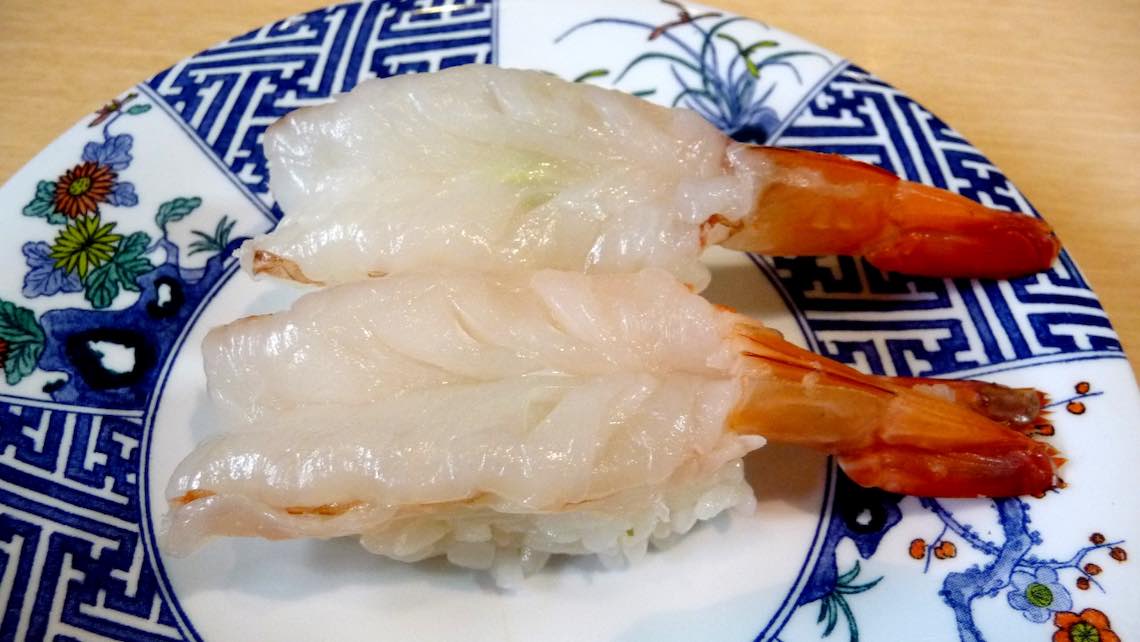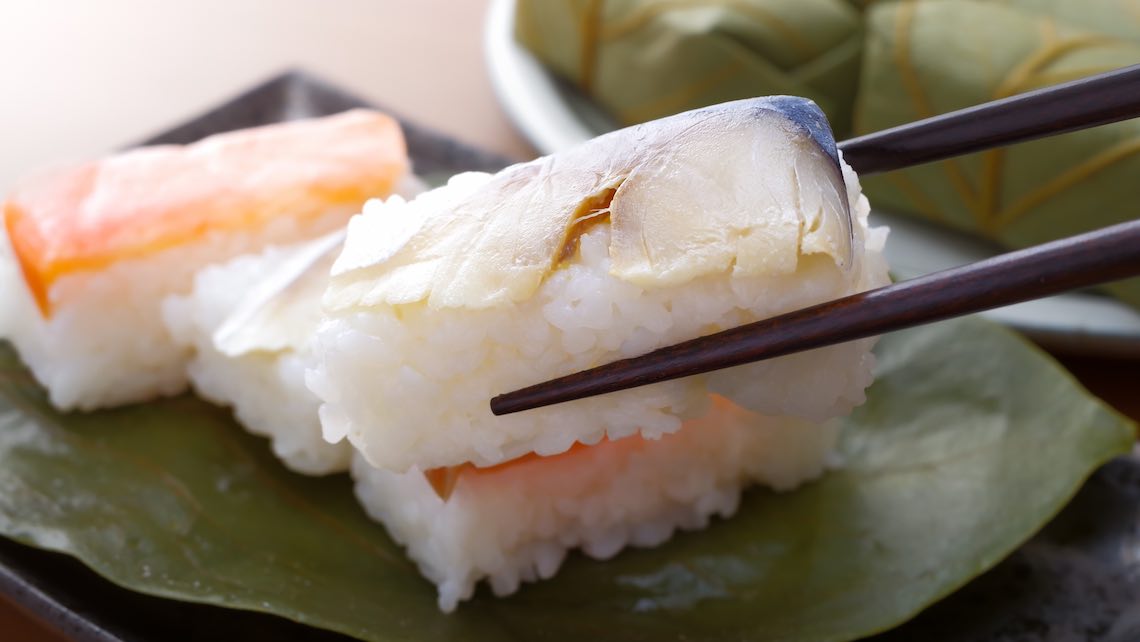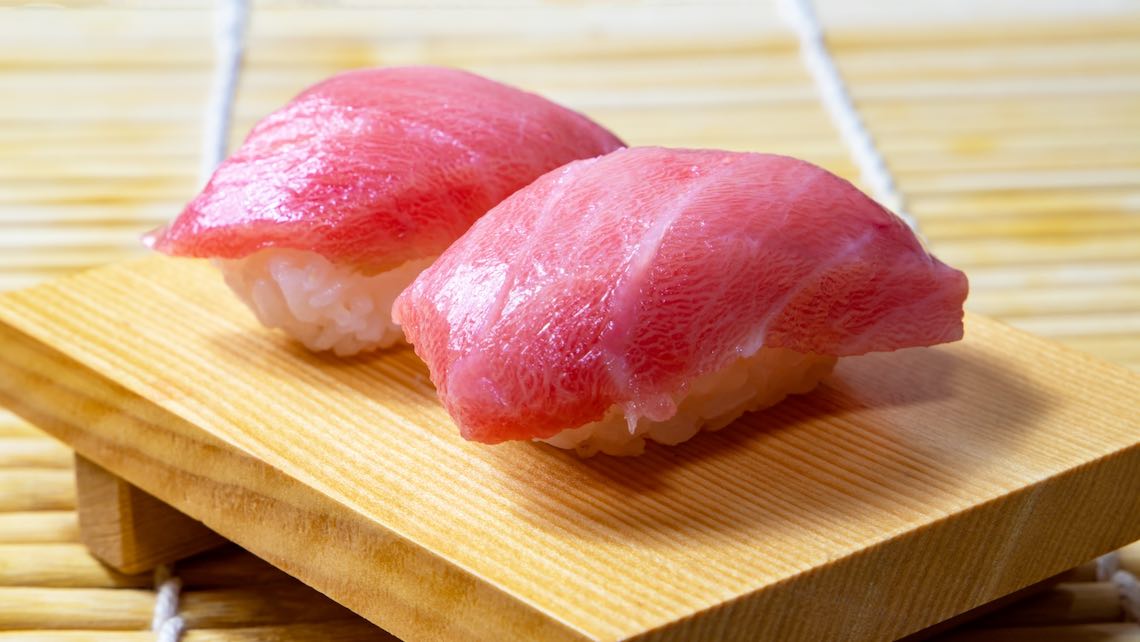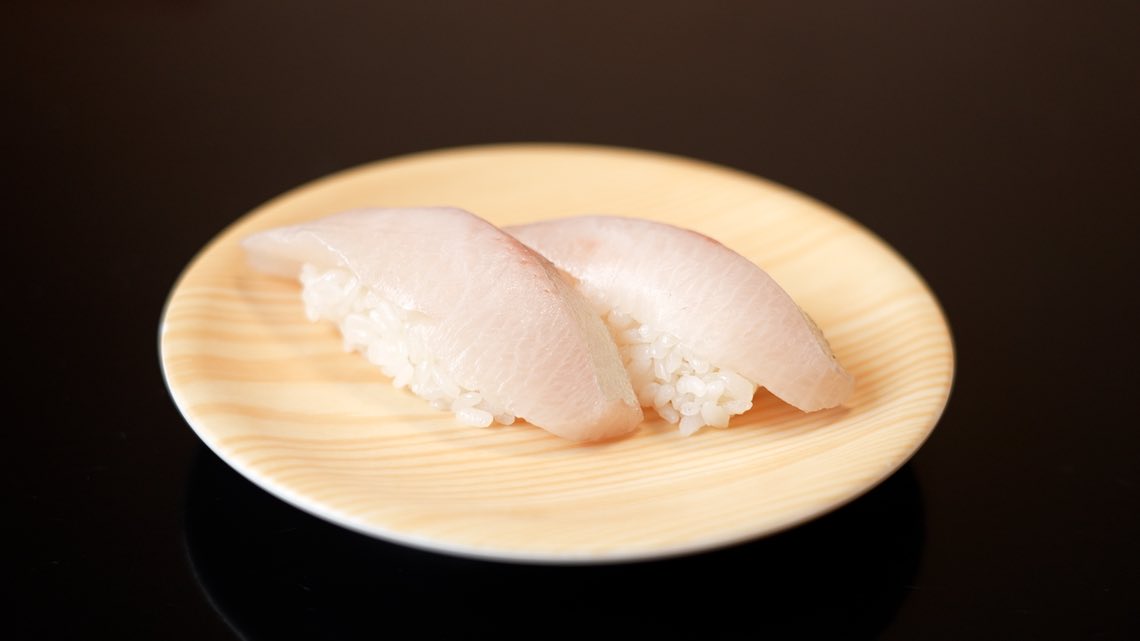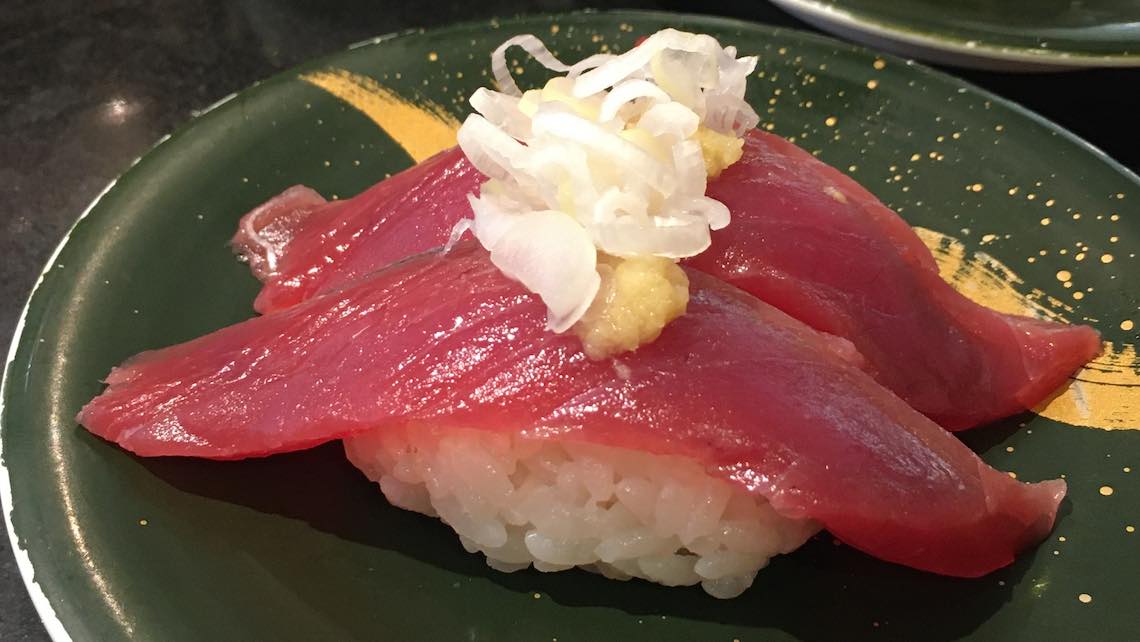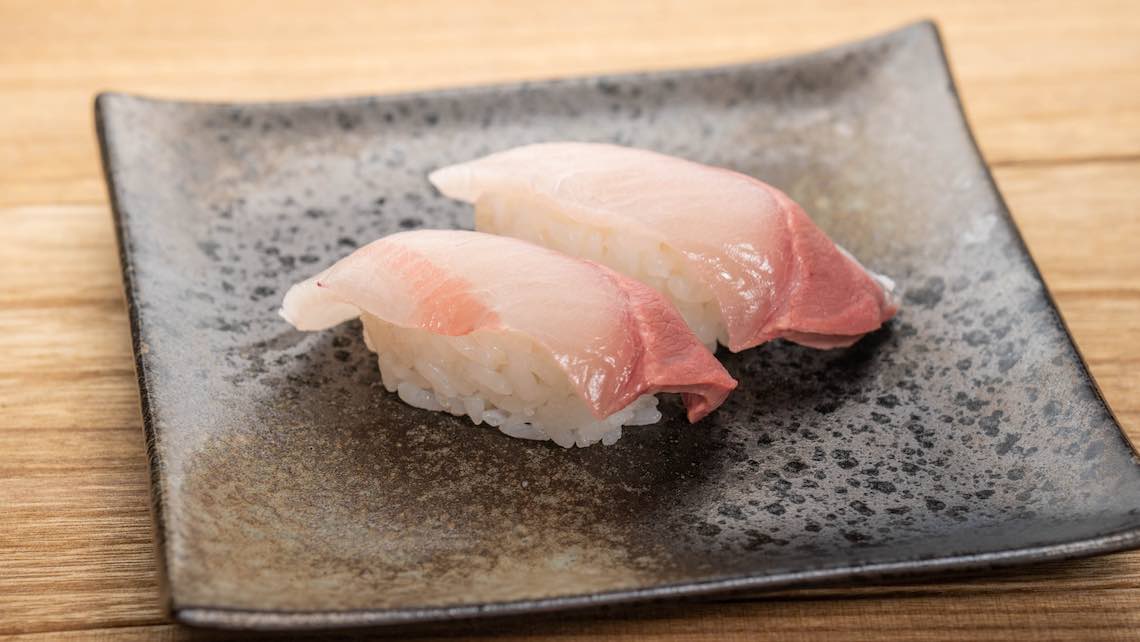Inarizushi
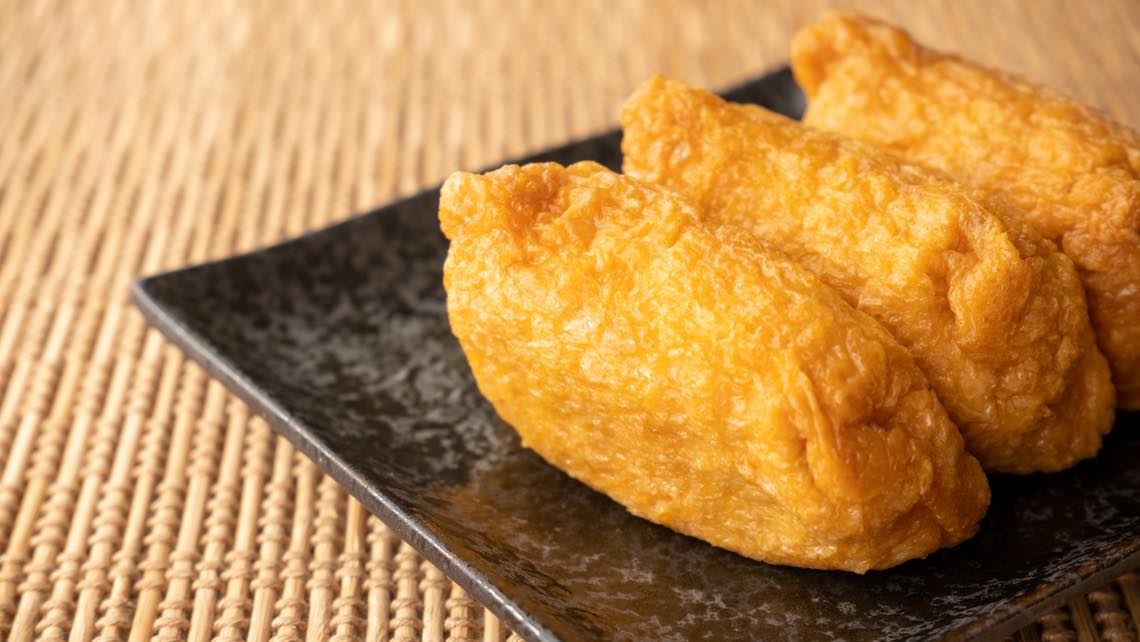
Japanese Name and Pronunciation:

[inarizushi]
Inarizushi, a traditional Japanese delicacy, is a type of sushi wrapped in a pocket of seasoned, deep-fried tofu called “aburaage.” These delightful pouches are filled with sushi rice, mixed with a sweet and savory soy-based seasoning, creating a unique flavor profile that captivates sushi lovers and newcomers alike.
To make Inarizushi, the aburaage pouches are first prepared by simmering thinly sliced tofu pockets in a flavorful broth of soy sauce, sugar, and dashi. The aburaage absorbs the delightful seasoning, infusing it with a hint of sweetness. Once the tofu pockets have soaked up the flavors, they are carefully opened to create a pocket for the sushi rice filling.
The sushi rice, a key component of Inarizushi, is seasoned with rice vinegar, sugar, and salt, providing a delicate balance of flavors that complements the sweetened tofu pouches. The rice is gently packed into the aburaage pockets, creating a harmonious marriage of taste and texture.
While the traditional Inarizushi often features plain sushi rice, there are numerous regional and modern variations that introduce additional ingredients. Some popular options include adding sesame seeds, hijiki seaweed, and Kinshi Tamago (egg thread) to enhance the flavor and visual appeal.
Inarizushi’s irresistible combination of sweet and savory flavors, coupled with its convenient and easily portable format, makes it a popular choice for bento lunches, picnics, and casual gatherings.
Inarizushi carries more than just its delightful taste; it also holds profound cultural meaning in Japan. Its name “Inarizushi” is derived from Inari, a Shinto deity associated with rice cultivation and agriculture. According to tradition, Inari’s divine messenger is a fox, and it is believed that the fox’s favorite food is fried tofu which forms the pouch for the sushi.
Due to this connection with Inari and the fox, Inarizushi has become a symbol of praying for bountiful harvests and good fortune. It is often offered with a sense of gratitude and used as a means to express wishes for prosperity and well-being.
Presenting Inarizushi as an offering reflects the deep-rooted link between Japanese culture, nature, and the veneration of deities associated with agriculture. By incorporating this cherished dish into various ceremonies and occasions, the Japanese people not only indulge in its delicious taste but also imbue it with heartfelt emotions of appreciation, hopes for abundance, and gratitude for life’s blessings.
